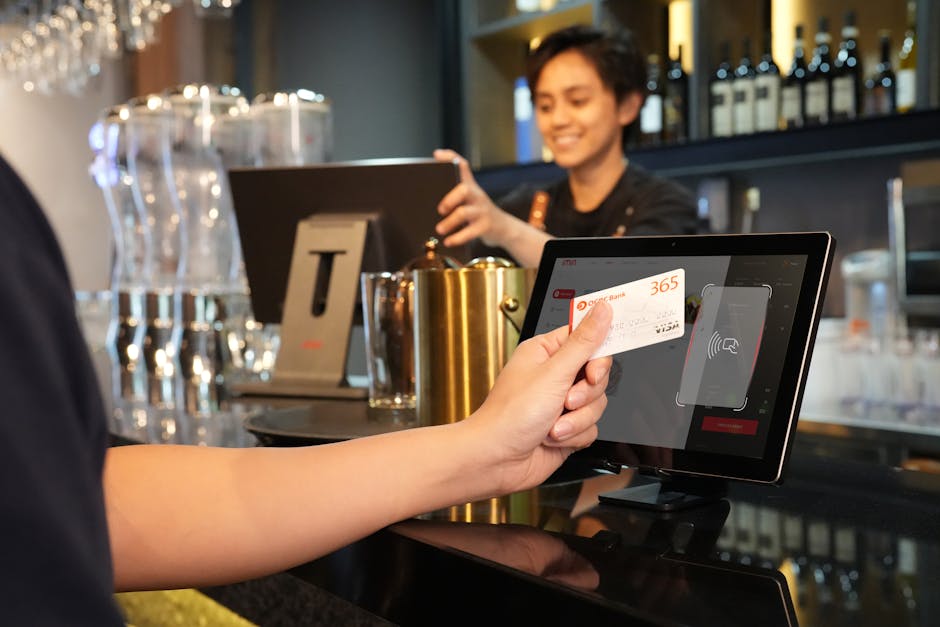Best Practices for Secure Mobile Transactions
Best Practices for Secure Mobile Transactions
Blog Article

In our increasingly digital world, the ability to conduct transactions using mobile devices has become essential. Whether making purchases, transferring funds, or paying bills, the convenience of mobile transactions cannot be overstated. However, this convenience comes with inherent risks, making it crucial for users to prioritize secure mobile transactions. Understanding best practices, technologies that enhance security, and common risks associated with mobile transactions can help users protect their sensitive information and ensure a safer experience.
Best Practices for Secure Mobile Transactions
To safeguard your mobile transactions, adopting certain best practices is vital. One of the most effective strategies is to use strong and unique passwords for your accounts. Passwords should be a combination of letters, numbers, and symbols, and it is advisable to avoid easily guessable information, such as birthdays or common words.
Another essential practice is enabling two-factor authentication (copyright) whenever possible. This adds an extra layer of security by requiring a second form of verification, typically sent to your mobile device, in addition to your password. Even if someone manages to obtain your password, this additional step can thwart unauthorized access.
Regularly updating your mobile device’s operating system and applications is also crucial. Updates often include security patches that address vulnerabilities and protect against emerging threats. Additionally, being cautious about downloading apps from unknown sources can help mitigate risks. Always download applications from reputable app stores and read reviews to ensure their credibility.
Technologies That Enhance Mobile Transaction Security
Various technologies play a significant role in enhancing the security of mobile payment transactions. One of the most effective methods is encryption, which encodes data to prevent unauthorized access. When you conduct a transaction, any sensitive information is transformed into a code that can only be deciphered by authorized parties, making it difficult for cybercriminals to intercept and misuse it.
Biometric authentication is another powerful tool that enhances security. This technology uses unique biological characteristics, such as fingerprints or facial recognition, to verify a user’s identity. Implementing biometric authentication can significantly reduce the risk of fraud, as it is much harder for someone to replicate these traits compared to traditional password methods.
Additionally, secure mobile wallets, which store payment information in an encrypted format, provide a safe way to conduct transactions. Many of these wallets also utilize tokenization, which replaces sensitive card information with a unique identifier, further protecting your data during transactions. Using solutions like these can help ensure secure mobile transactions.
Common Risks and How to Mitigate Them
While mobile transactions offer convenience, they are not without risks. One common threat is phishing, where attackers attempt to trick users into providing personal information through fraudulent emails or messages. To avoid falling victim to such scams, always verify the sender's identity before clicking on links or providing sensitive information.
Another risk is using unsecured Wi-Fi networks. Public Wi-Fi can be a breeding ground for cybercriminals who may intercept your data. When making mobile transactions, it is advisable to use a VPN (Virtual Private Network) to create a secure connection or rely on cellular data instead of public networks whenever possible.
Moreover, regularly monitoring your accounts for unauthorized transactions can help detect fraud early. If you notice any suspicious activity, report it immediately to your financial institution. Staying vigilant and proactive is key to mitigating risks associated with mobile transactions.
Conclusion
As the convenience of mobile transactions continues to grow, so does the importance of ensuring their security. By implementing best practices, leveraging advanced technologies, and being aware of common risks, users can greatly enhance the safety of their transactions. Prioritizing secure mobile transactions is not just a good practice; it is essential for protecting your financial well-being in a digital landscape that is continually evolving. For those seeking additional solutions to enhance their transaction security, consider exploring options such as handheld POS systems with NFC capabilities.
Report this page